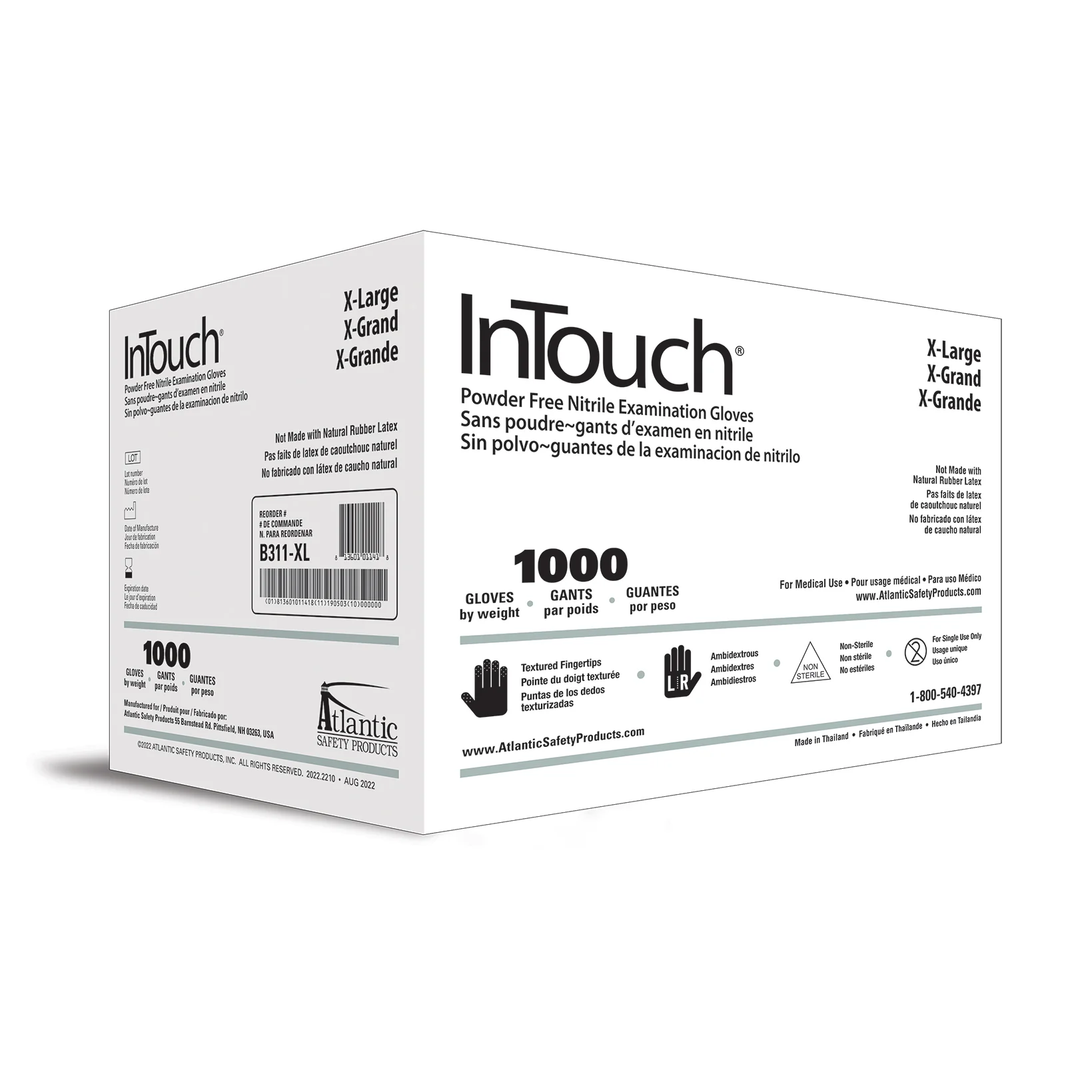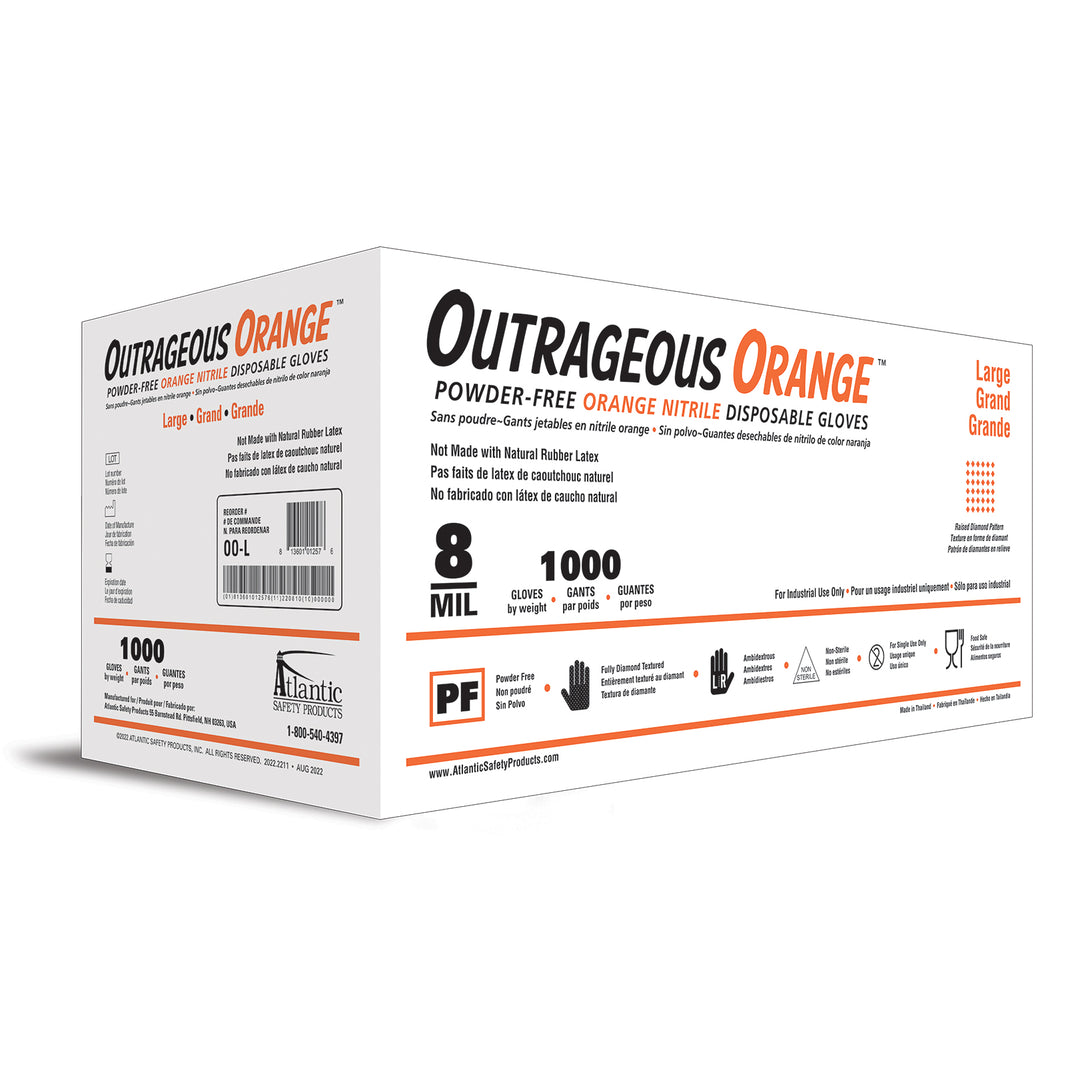In the solemn realm of the death care industry, ensuring safety and maintaining a sterile environment are paramount. Disposable gloves are a core component of Personal Protective Equipment (PPE) used in death care. These gloves are not just accessories but vital tools that protect professionals and preserve the sanctity of their work environment. Ensuring you have the right gloves for the job is critical.
Selecting the Right Nitrile Gloves
Nitrile gloves stand as the preferred choice in the death care industry for several reasons. Unlike latex, nitrile poses no risk of allergic reactions, and it surpasses vinyl in durability and chemical resistance. This is particularly crucial in an environment where exposure to bodily fluids and hazardous substances is common. Nitrile gloves provide a reliable barrier against these elements, ensuring the safety of professionals.
When selecting gloves, ensuring the right fit is crucial to prevent tears and enhance dexterity. Ill-fitting gloves can compromise both safety and efficiency, leading to potential accidents or contamination. Additionally, balancing glove thickness according to specific tasks is imperative. While thicker gloves offer greater protection, they may impede dexterity, affecting the precision required in delicate procedures. It's essential to find the optimal balance between protection and sensitivity for each task.
Proper Donning Techniques
Before donning gloves, thorough hand hygiene is non-negotiable. Properly washing and drying hands help mitigate the risk of contamination. Death care professionals should follow the WHO-recommended handwashing technique, ensuring that all surfaces of the hands and wrists are adequately cleansed. This simple yet effective practice forms the foundation of the aseptic technique in the death care industry.
When putting on gloves, following a precise procedure is essential to prevent tears and maintain sterility. The glove should be carefully pulled over each hand, ensuring a snug fit without stretching excessively. Tugging too forcefully can lead to tears, compromising the integrity of the glove and exposing the wearer to potential hazards. Furthermore, considering skin care is vital, as frequent glove use can lead to skin irritation or allergic reactions. Using moisturizing lotions or barrier creams can help alleviate dryness and irritation associated with prolonged glove usage.
Effective Doffing and Disposal
The process of removing gloves is equally critical to prevent cross-contamination. Following safe removal practices ensures that professionals do not inadvertently expose themselves or their environment to pathogens. Healthcare workers should be trained in the proper technique for glove removal, minimizing the risk of contamination during this crucial step.
Proper disposal protocols for used nitrile gloves minimize biohazard risks and safeguard against potential contamination. Used gloves should be carefully removed and disposed of in designated waste bins, preferably those with biohazard labels. It's essential to avoid touching the exterior surface of the glove during removal, as this can transfer contaminants to the hands.
Maintenance and Storage of Nitrile Gloves
Preserving the integrity of nitrile gloves extends beyond their use. Storing gloves properly is crucial to prevent degradation and maintain optimal performance. Gloves should be stored in a cool, dry place away from direct sunlight and sources of heat, which can cause them to degrade prematurely. Additionally, gloves should be stored in their original packaging to protect them from dust and contaminants.
Regularly inspecting gloves for defects or damage before use is essential to ensure maximum protection and minimize risks. Workers should visually inspect each glove for tears, punctures, or discoloration before putting them on. Any gloves that show signs of damage should be discarded immediately and replaced with a new pair.
Conclusion
In the delicate and critical domain of the death care industry, adherence to best practices for glove use is not merely recommended but imperative. By prioritizing safety and embracing ongoing education and compliance, professionals can uphold the highest standards of care and reverence for those they serve. Through meticulous attention to detail and a commitment to excellence, death care workers can ensure the safety and well-being of both themselves and those they serve.
As we navigate the complexities of the death care industry, implementing these best practices and prioritizing the quality and type of nitrile gloves used are small steps you can take toward providing excellent care. Ensure the safety, dignity, and respect that every individual deserves, even in their final moments, by investing in proper training, equipment, and protocols to safeguard the health and well-being of both death care workers and those entrusted to their care.






